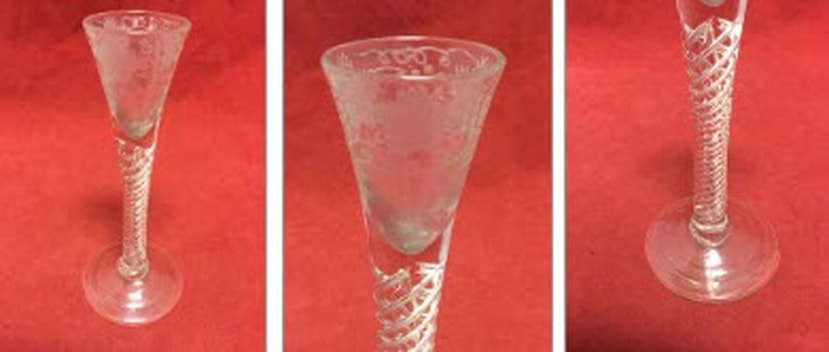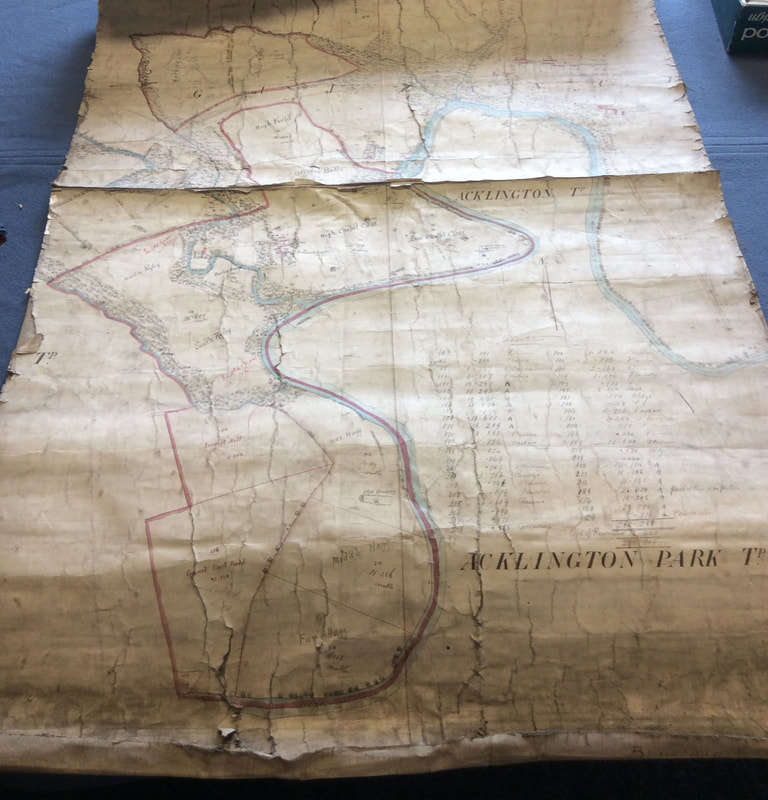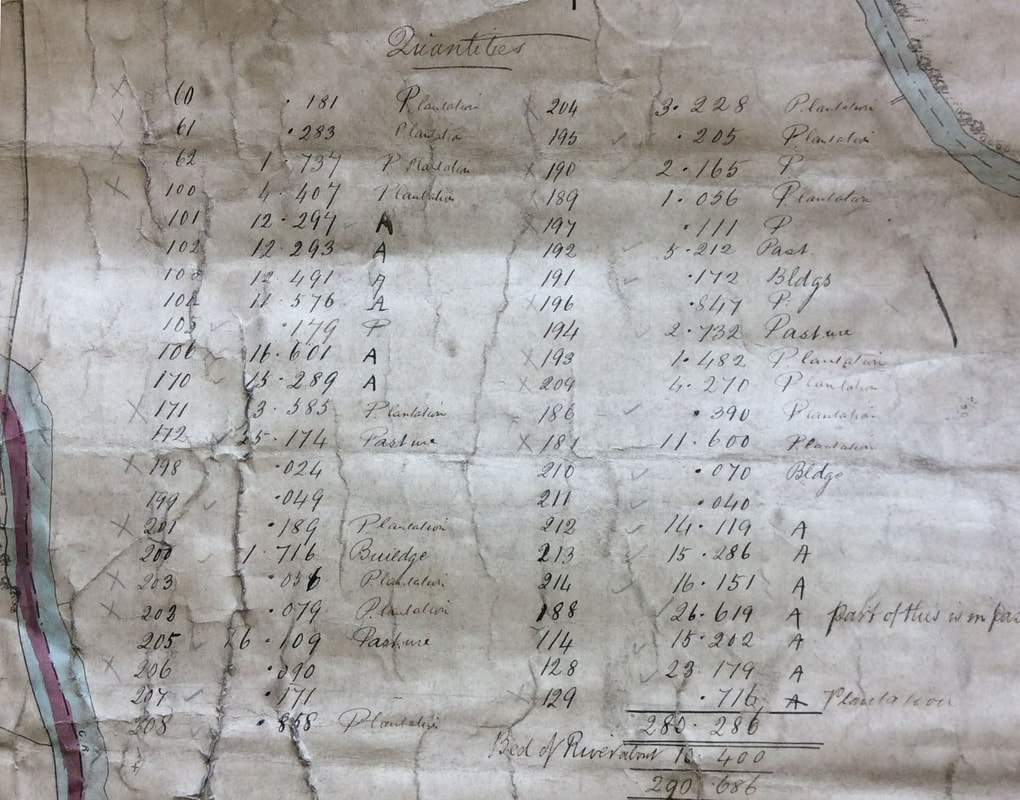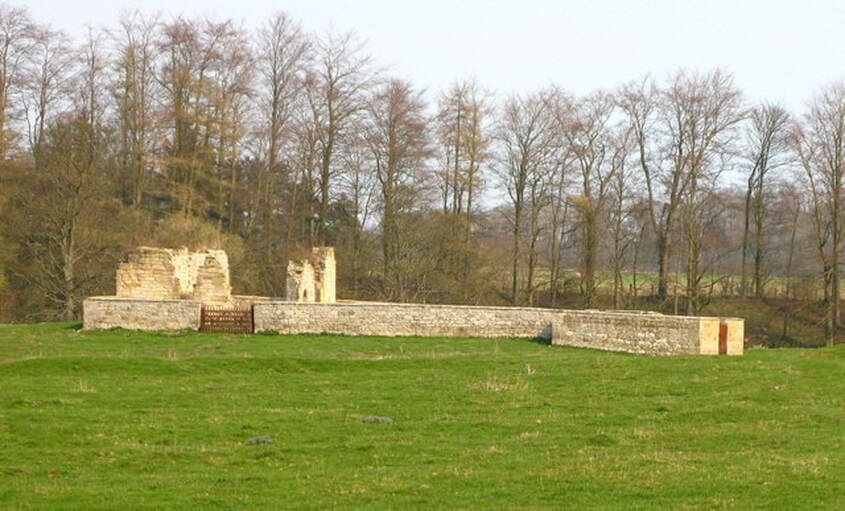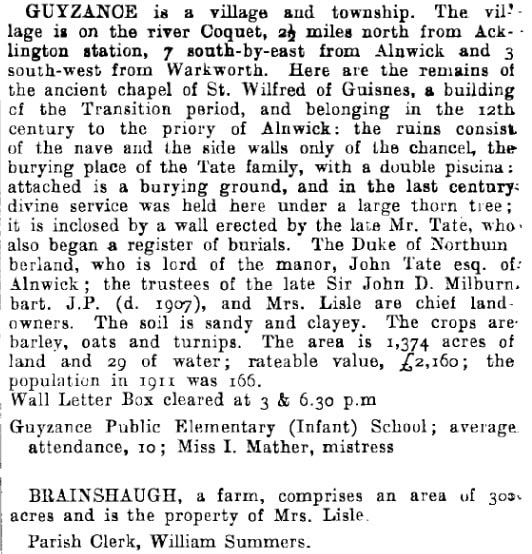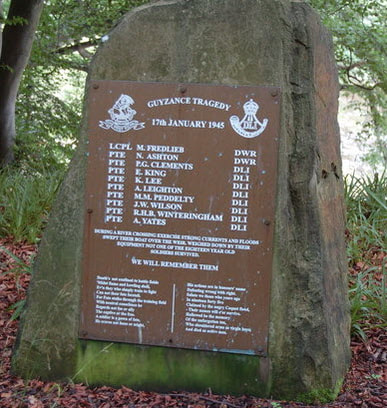|
For the remainder of 2020 the monthly auctions at Railton’s saleroom in Wooler are set to be ‘double headers’ held over 2 days. The forthcoming sale on 18th & 19th of July is once again packed full of historical treasures, each with a unique story to tell. From beautifully delicate 18th century glasses with air twisted stems, to pewter tea sets that serve as reminders of a bygone occupation at its zenith in the late 17th century. Early Inventories for inheritance and tax purposes invariably mention pewter plates and utensils too, so keep an eye open the next time you are delving into the records. For two centuries from 1474 pewter was unrivalled as a material for plates, dishes, drinking vessels and similar ware. From the 16th century the indispensable preliminary for a Freeman setting up as a Master Pewterer and opening his own shop was to record his 'touch' or trade mark on large pewter sheets retained by the Company in the Hall. The early touch plates were lost in the Great Fire; the five that survive today record the marks of Master Pewterers from then until the beginning of the 19th century when the Company no longer exercised the power to enforce this regulation. These plates provide a unique record of pewterers of the period containing over 1,000 individual marks and are of great historical value.[1] If you had a Pewterer Ancestor in the family is their individual mark amongst them? The Worshipful Company of Pewterers dates from the medieval period, with the earliest documented reference dating from 1348. The Guild ranks No 16 in the pecking order of over 100 City of London Livery Companies. The Company’s website provides some fascinating historical background as well as the role of the Company today. The Fifteen Minute ChallengeAs the current issue (August) of Family Tree Magazine features an interesting article on maps and where to find them it seems particularly fitting to focus on an item in the sale that is also cartographical in nature. Lot No 160, a nineteenth century hand-coloured map of Brainshaugh fits the bill perfectly! It is also possible to pinpoint the date of the map even further from one or two of its distinguishing features.
Taking the above information into account the map can now be more accurately dated to between 1854 and the mid-1880s with a good degree of certainty, possibly favouring the earlier rather than later period due to presence of handcolouring. With this in hand I set myself a challenge – how much history could I actually unearth about Brainshaugh and its people in just 15 minutes? 1. Field names of High and Low Chapel Close and the remains of an ancient Chapel and burial ground betray a former religious connection. A quick look on the Historic England Website confirms it is indeed a scheduled monument, entry number 1006579, first listed in 1932. It also contains the following information. Guyzance chapel was originally part of Guyzance, or Brainshaugh, Priory of St Wilfrid, which was founded between 1147-1152 by Richard Tison for Premonstratensian Canonesses. It is thought to have been abandoned at the time of the Black Death and later became a cell for the Premonstratensian Abbey at Alnwick. It was dissolved in 1539. So, although it had previously fallen into disuse, the ‘Dissolution of the Monasteries’ likely provided the final nail in the coffin. Not a bad starting date for the challenge of 1147! Historic England also contains a record for Brainshaugh House, list no 1153504 first registered in 1969. House. Late C16 or early C17; south front remodelled in second quarter of C18; enlarged and given new west front 1805 for Thomas Cook. Squared stone, of near-ashlar quality in 1805 parts, except for rubble of east elevation and roughly-squared stone of east part of north elevation; cut dressings. Lakeland slate roof to main block; kitchen wing with pantiles except for asbestos sheets on east end; stacks rebuilt in brick on old bases. Main block formerly L-plan, enlarged to a square in 1805; kitchen wing to south- east. 2. The North East Inheritance Database was the next port of call and provided a mighty haul of inhabitants for Brainshaugh covering several centuries. 1597 Gray, Henrye Brainshaugh yeoman will, inventory 1597 Gray, Annes Brainshaugh 1672 Thompson, Arthure Brainshaugh inventory 1678 Osmonderley, Mary Brainshaugh will, inventory, bond 1706 Barker, Edward Brainshaugh will, wrapper, will bond 1736 Davison, Thomas Brainshaugh yeoman will, will bond 1748 Cook, William Brainshaugh gentleman will 1769 Beall, Ralph Brainshaugh yeoman will 1775 Cook, Edward Brainshaugh esquire will 1786 Tomling, Henry Brainshaugh yeoman administration bond 1792 Cook, Thomas Brainshaugh gentleman administration bond 1792 Tate, Margaret Brainshaugh administration bond 1814, 1815 Graham, Richard Brainshaugh farmer will, will bond 1786, 1824 Tomlin, Henry Brainshaugh yeoman court docs/admin bond 1826 Robson, George Brainshaugh farmer will 1832 Tate, John Brainshaugh esquire will 1834 Garrett, Benjamin Brainshaugh husbandman will 1835 Grey, John Brainshaugh husbandman will, codicil 1837 Tate, Maria Brainshaugh will 1841 Bell, William Brainshaugh farmer will, affidavit 1843 Tate, John Brainshaugh esquire administration bond 1856 Bolam, Robert Brainshaugh farmer will, wrapper The earliest entry of 1597 looks most interesting: Henrye GRAY, husband of Annes Gray, yeoman, of Gisons (Guysone, Gyasings) within the parishe of Brainshaughe within the countye of Northumberlande [Brainshaugh, Northumberland]; also spelt Graye Date of probate: 1597 The inventory includes the debts of Gray's wife, and was apprised upon her death: among the debts is a fee Gray's widow charged for cleansing the house after the plague, and with which disease it is likely Henrye Gray was infected when he died.
So it is now known the plague visited Brainshaugh on at least two occasions. In terms of will makers, Brainshaugh and its immediate environs appears to have been dominated by three families, that of Grey, Cook and Tate. No doubt the Wills of these and other individuals will shed more light on fortunes of Brainshaugh through the ages. 3. Moving into the later 19th century and heading towards the present day, a search of the census using search terms ‘Brainshaugh, Northumberland’ produced a staggering number of results. Due to the 15 minute time constraint the search was refined using exact location and only the 1861 census was viewed. It returned 23 individuals. The Farm extended to 300 acres and was occupied by a Thomas Crossly from Berwick upon Tweed, Ann his Scottish born wife and 10 other members of their family, largely born in Berwick or Scotland with only youngest daughter aged 2 born at Brainshaugh suggesting the move there to have been relatively recent. There were two further households at Brainshaugh, one, very possibly Brainshaugh House, consisting of three individuals, two named Mitcheson, a retired Merchant and his wife, and the third occupant their nephew by the name of Carss. The second household contained Thomas Dickson an Agricultural Labourer and eight members of his family, the youngest of which was likewise the only child to have been born at Guyzance. Like the Farm House, the occupants of the two other properties were born in Scotland, Berwick upon Tweed or other parishes in north Northumberland, which may indicate they all came to Brainshaugh as a ‘job lot’. Further research may even reveal a degree of relatedness perhaps? 4. For Trade Directories a quick search of Kelly’s Directory for Northumberland for the year 1914 returned the following: This entry suggests the farm had not changed in size from the time of the 1861 census, but is slightly more that the hand written schedule on the map up for sale which totals 290.686 acres. (Note to self – a church service under a thorn tree sounds decidedly parky in winter. It is hoped the vicar kept the sermon brief for the comfort of his congregation!) 5. Moving forward to 1939 and the outbreak of WW2. Sadly an exact search of the 1939 Register returned a nil result and returns for within a 5 mile radius were too numerous to search in the allotted time. 6. An exact search of parish records using the term ‘Brainshaugh, Northumberland’ returned 47 results; 44 marriages, 2 death duty entries, including Maria Tate nee Bell whose Will is listed above, and one notice of a Death at Sea from Typhoid in WW2 for 17 year old Morris Gordon Robertson. A quick Google returned the following for 1945, when 10 18 year old soldiers were tragically swept to their deaths in the River Coquet whilst on exercise. https://www.northumberlandarchives.com/2016/09/13/a-tragedy/
[1] The Worshipful Company of Pewterers
https://www.pewterers.org.uk/history-of-the-company-and-hall [2] National Library of Scotland. The Ordnance Survey Books of Reference (‘Area Books’, or ‘Parish Area Books’) published between 1855-1882 to accompany the Ordnance Survey’s 25 inch to the mile maps. Free download available here: https://data.nls.uk/data/digitised-collections/os-books-of-reference/
1 Comment
|
AuthorSusie Douglas Archives
August 2022
Categories |
Copyright © 2013 Borders Ancestry
Borders Ancestry is registered with the Information Commissioner's Office No ZA226102 https://ico.org.uk. Read our Privacy Policy
